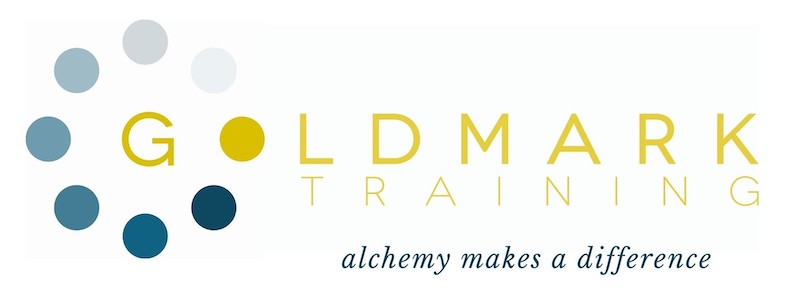Safeguarding is a legal and moral responsibility for organisations that work with children, young people, and vulnerable adults. A well-designed safeguarding policy not only ensures compliance with UK law but also builds trust with staff, clients, and the community.
At Goldmark Training, we support organisations in developing clear and practical safeguarding policies through our Safeguarding Training Courses. In this guide, we’ll explore why safeguarding policies matter, the key components they must include, and best practices for creating one that truly protects those at risk.
Why You Need a Safeguarding Policy
A safeguarding policy:
-
Demonstrates your organisation’s commitment to protecting vulnerable groups.
-
Provides clear procedures for staff, volunteers, and stakeholders.
-
Ensures compliance with UK regulations, including the Children Act 1989, Working Together to Safeguard Children guidance, and the Care Act 2014.
-
Reduces the risk of harm, negligence, or reputational damage.
Without a safeguarding policy, organisations risk confusion, inconsistency, and potential legal consequences.
Key Components of a Safeguarding Policy
Here are the essential elements every safeguarding policy should cover:
1. Policy Statement
A clear declaration of your organisation’s commitment to safeguarding. This should outline who the policy applies to, the groups it protects, and the overall safeguarding objectives.
2. Definitions
Include clear definitions of key terms such as “safeguarding,” “abuse,” “neglect,” “vulnerable adult,” and “duty of care.” This ensures all staff and stakeholders have a shared understanding.
3. Roles and Responsibilities
Specify who is responsible for safeguarding within your organisation—designated safeguarding officers, managers, trustees—and outline their duties.
4. Recognising Signs of Abuse
Provide guidance on how to identify physical, emotional, sexual, and neglect-related abuse. Practical examples make this section more actionable.
5. Reporting Procedures
Detail the steps staff should take if they suspect abuse:
-
Who to contact internally (e.g. safeguarding lead).
-
When to escalate to local authorities or the police.
-
How to document and record concerns.
6. Safer Recruitment Practices
Set out how your organisation screens, vets, and trains employees and volunteers to reduce the risk of harm.
7. Confidentiality and Information Sharing
Explain how safeguarding concerns should be recorded and shared, balancing confidentiality with the need to protect individuals.
8. Training and Awareness
Commit to regular staff training on safeguarding. At Goldmark, our Safeguarding Courses cover practical scenarios to help staff feel confident in their responsibilities.
9. Monitoring and Review
A safeguarding policy should never be static. Include a clear schedule for reviewing and updating the policy—at least annually, or when legislation changes.
Best Practices for Developing a Safeguarding Policy
-
Align with Legislation: Make sure your policy reflects UK safeguarding laws and local authority guidance.
-
Involve Stakeholders: Engage staff, volunteers, and service users in shaping the policy to ensure it’s practical and inclusive.
-
Keep it Accessible: Write the policy in clear, jargon-free language so everyone can understand it.
-
Train Your Team: Ensure that all employees, from leadership to front-line staff, receive safeguarding training.
-
Embed a Culture of Safety: A policy is only effective if it’s lived out daily—promote a culture where staff feel confident to raise concerns.
Final Thoughts
A safeguarding policy is more than just a document—it’s a framework for protecting vulnerable people and creating safe environments. By including the right components and following best practices, your organisation can meet its legal responsibilities and provide genuine protection.
At Goldmark Training, we provide Safeguarding Training Courses that help organisations not only develop robust safeguarding policies but also put them into practice with confidence.
